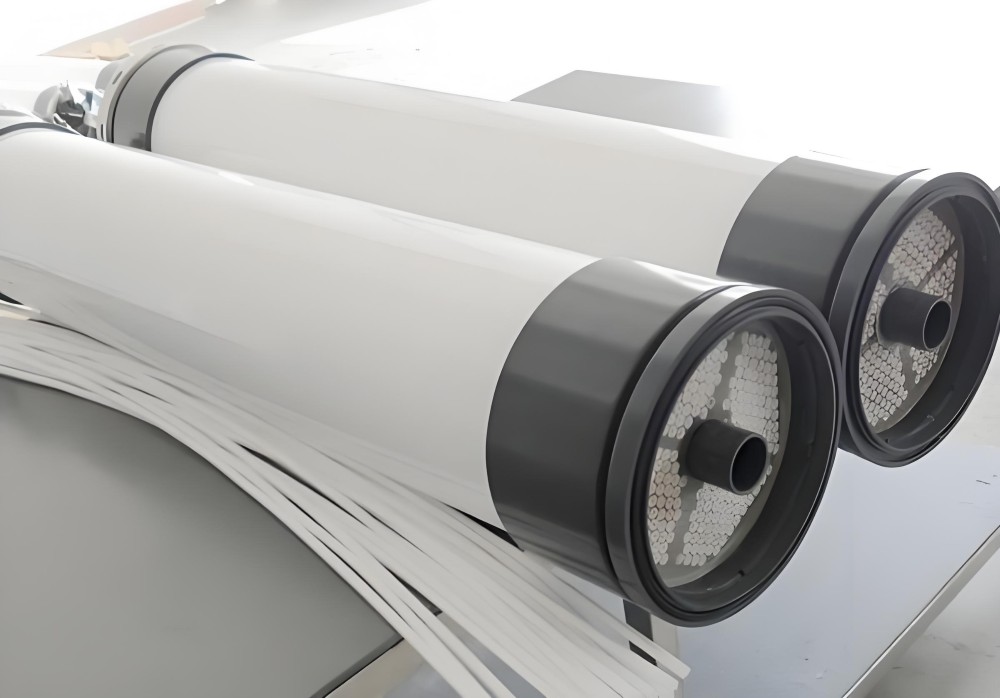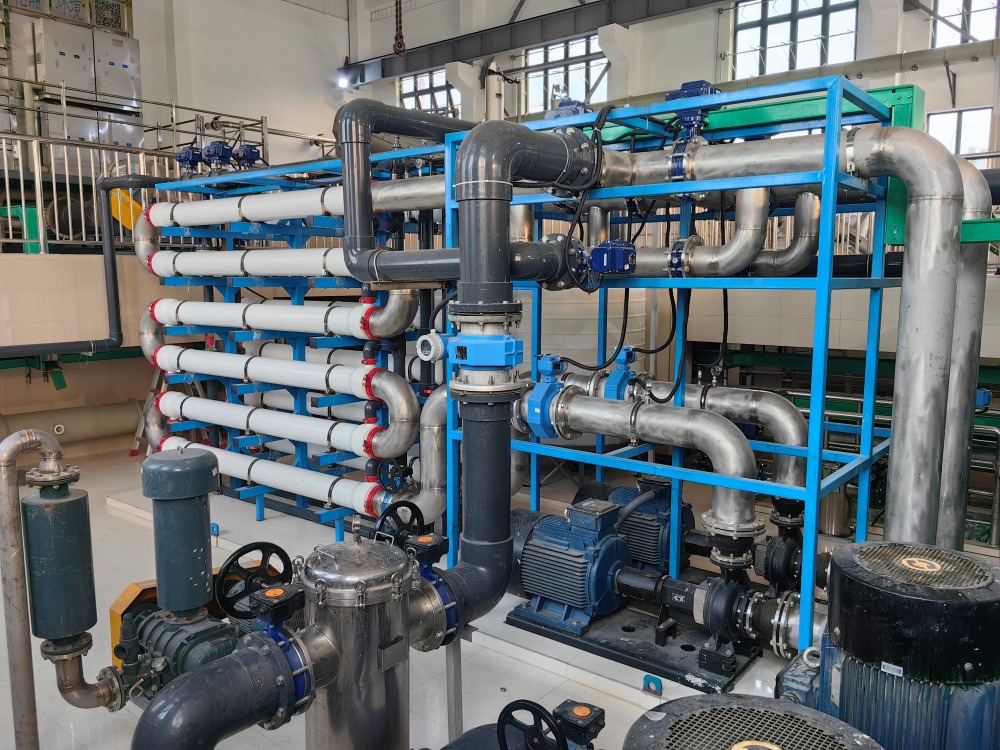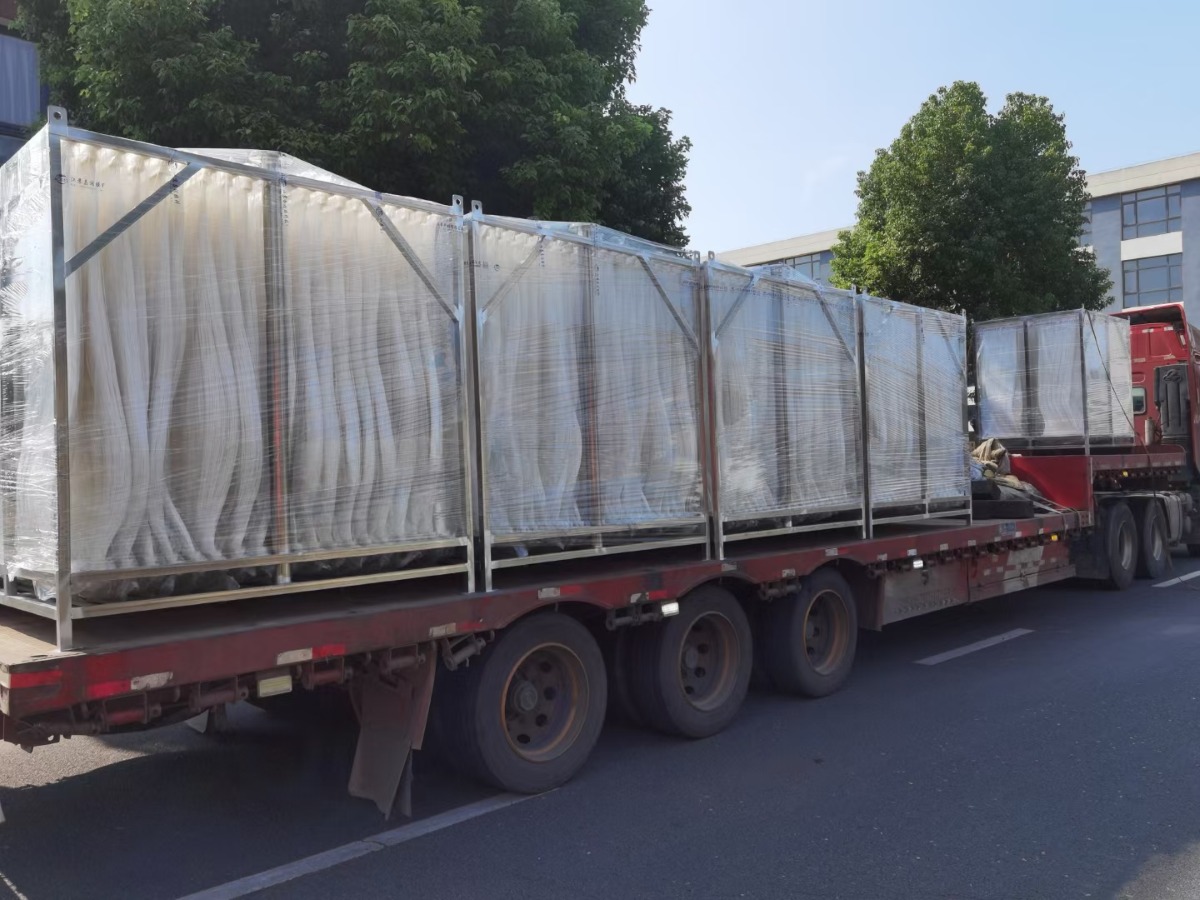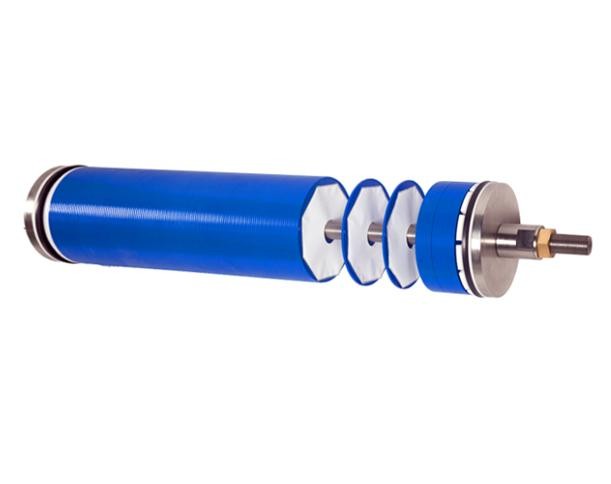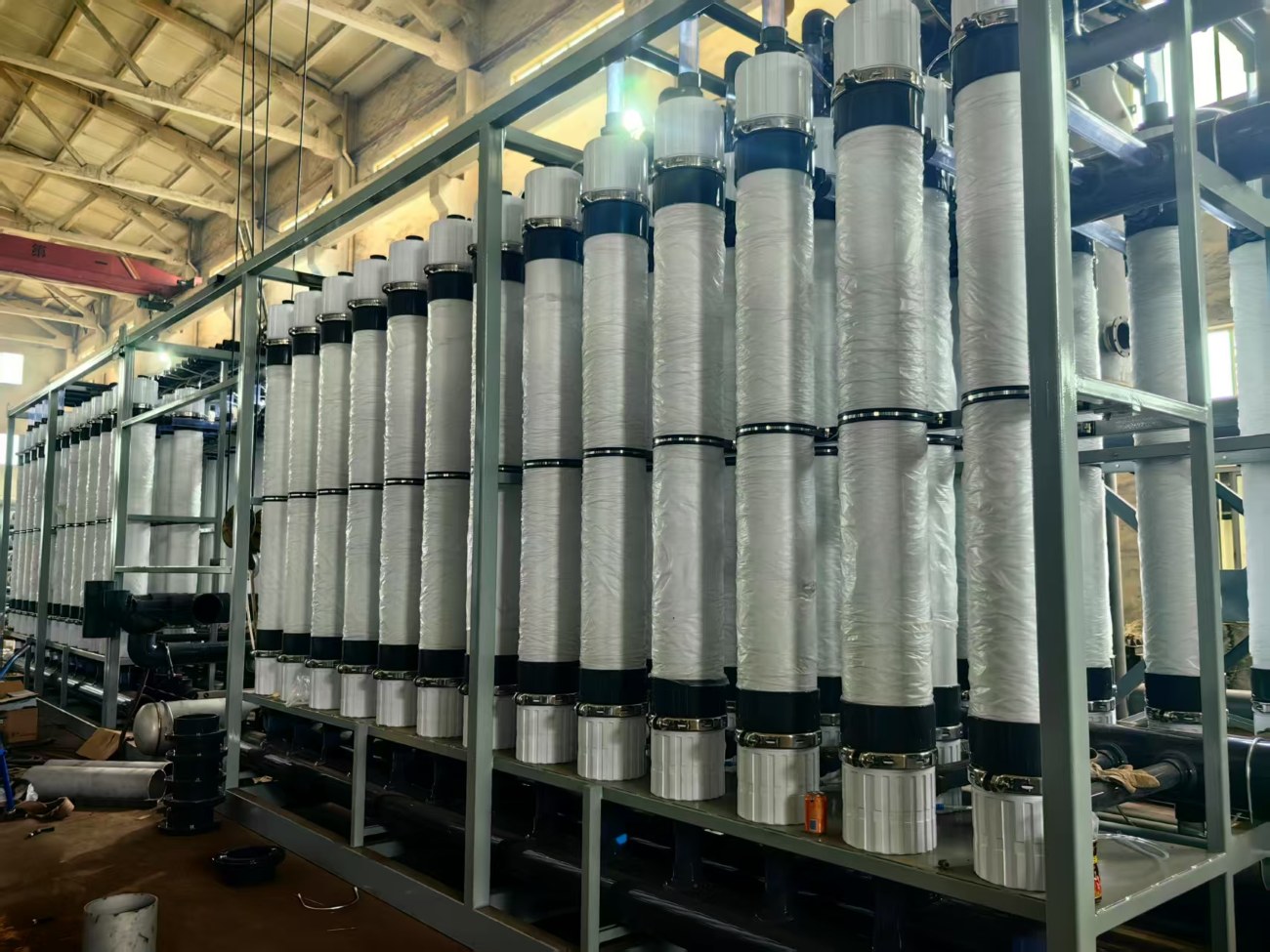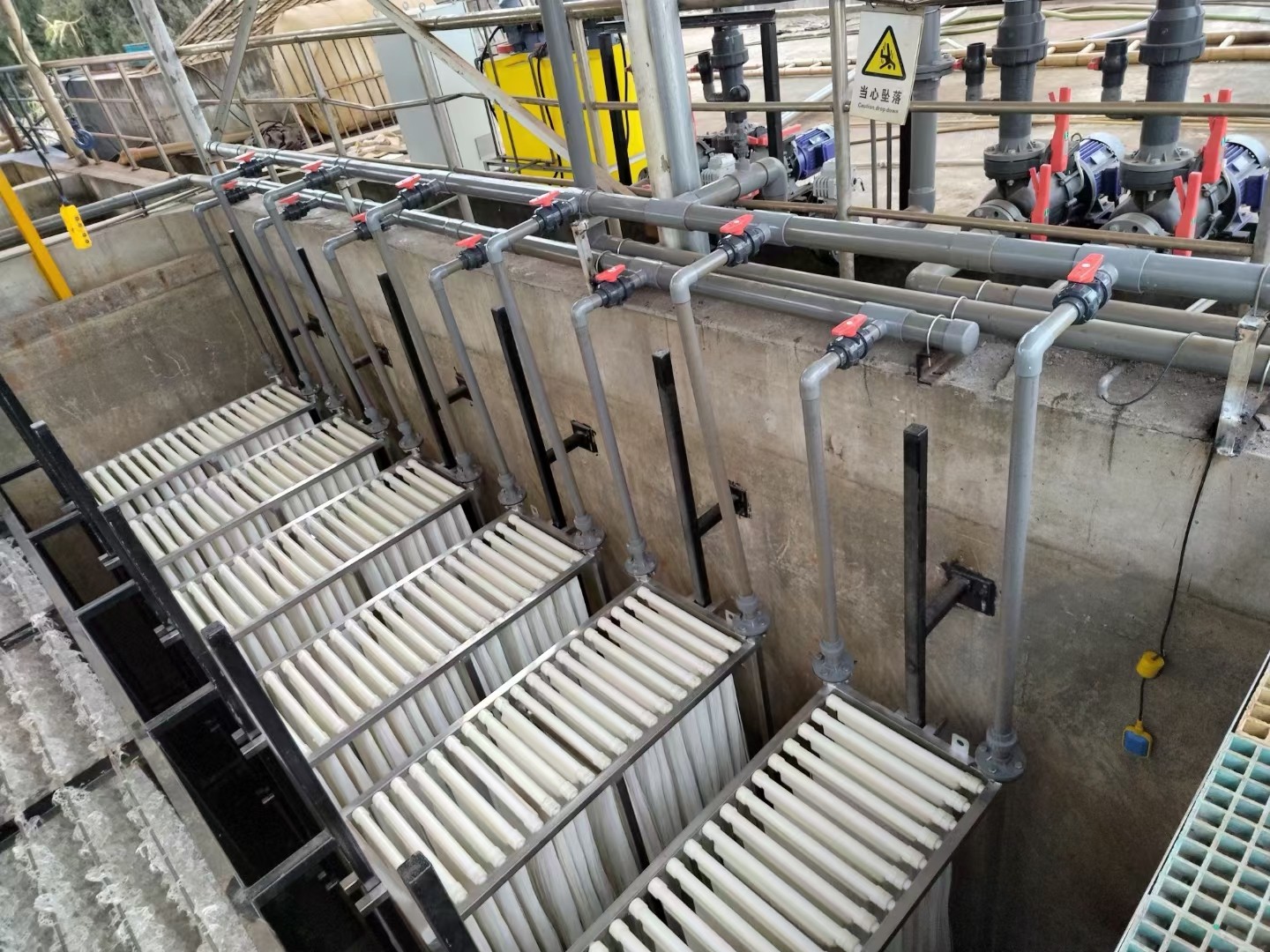The diameter of hollow fiber membrane is relatively small, generally less than 3mm, and the outer diameter of hollow fiber membrane tubes commonly used in water treatment is generally 0.8-1.5mm. The diameter of tubular membrane tubes is relatively large, generally ranging from 5-25mm, and the diameter commonly used in water treatment is 8mm. When dealing with leachate from garbage, tubular membranes are less prone to fouling and blockage. Today, the editor will introduce the differences between tubular ultrafiltration membranes and hollow fiber membranes in the field of landfill leachate.
Membrane strength and operating pressure
Hollow fiber membranes are self-supporting membranes with a relatively loose structure and low compressive strength, typically with a compressive strength of less than 0.5 MPa. The tubular membrane is supported by non-woven fabric and has high strength. The maximum operating pressure of the tubular membrane can reach 1MPa. When dealing with leachate from garbage, tubular membranes have better mechanical strength.
Requirements for sludge concentration
Hollow fiber membrane requires sludge concentration<6000ppm; In the process of hollow fiber membrane filtration, it is required that the inlet water has high clarity and low suspended solids content; In addition, hollow fiber membranes should not be used in environments with high hardness, and there should be no oil in the treatment solution.
The concentration of tubular membrane activated sludge can reach 30g/L, and the membrane operation is still very stable; In the process of tubular membrane pressure filtration, the pre-treatment requirements for the feed liquid entering the membrane are low. Water containing high concentrations of suspended solids, oil, and organic matter can be directly separated and treated in the tubular membrane, making it more suitable for treating leachate from garbage.
Cleaning of membrane
Hollow fiber membranes need to be equipped with an automatic cleaning system for scheduled cleaning during use, with a typical cleaning cycle of 0.5 hours. During the use of tubular membranes, large circulation flow rates are used for operation, resulting in fast membrane surface flow rates and less membrane fouling. The typical cleaning cycle is once every few days. The cleaning cycle of tubular membranes is longer when dealing with leachate from garbage.


